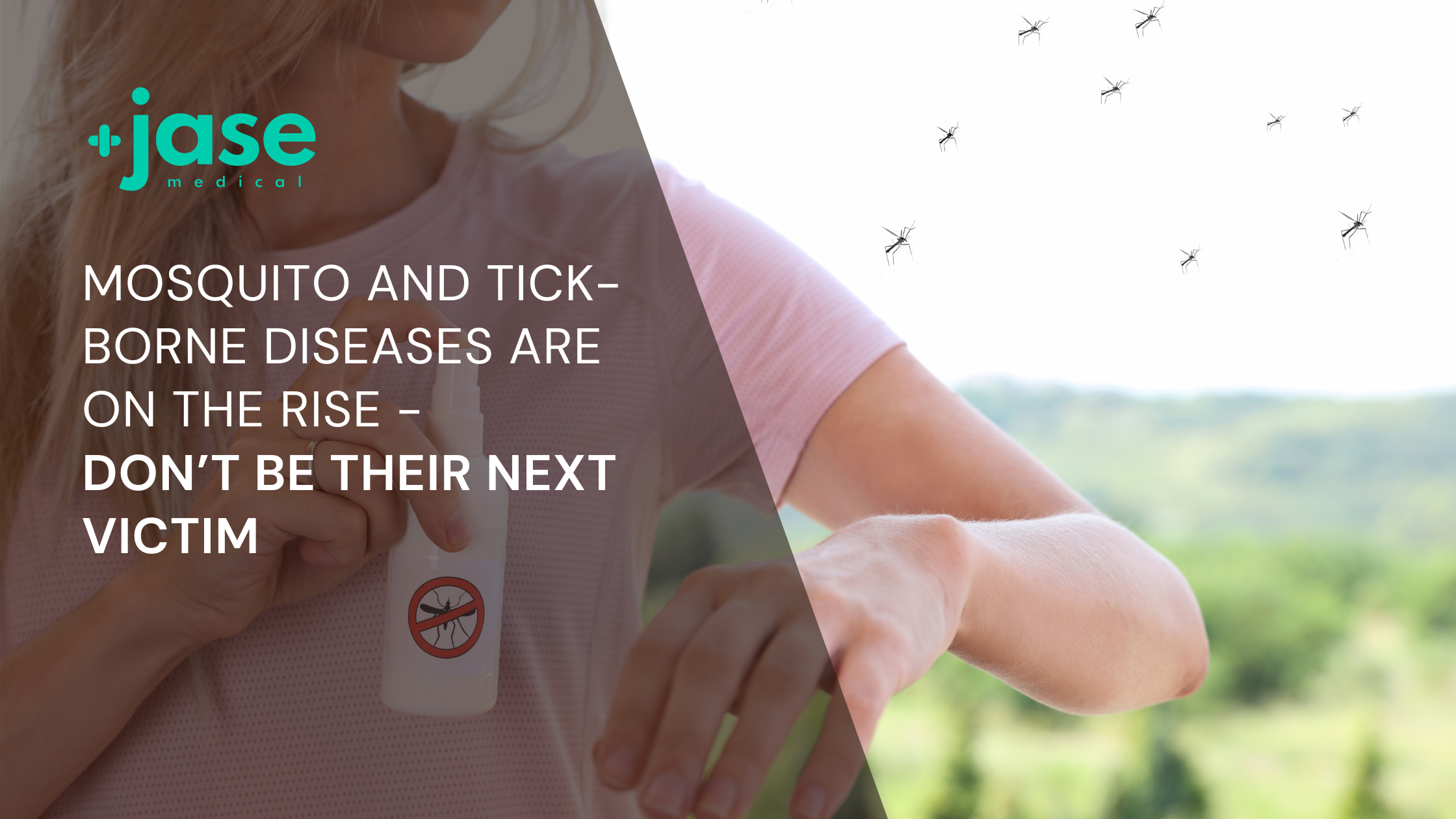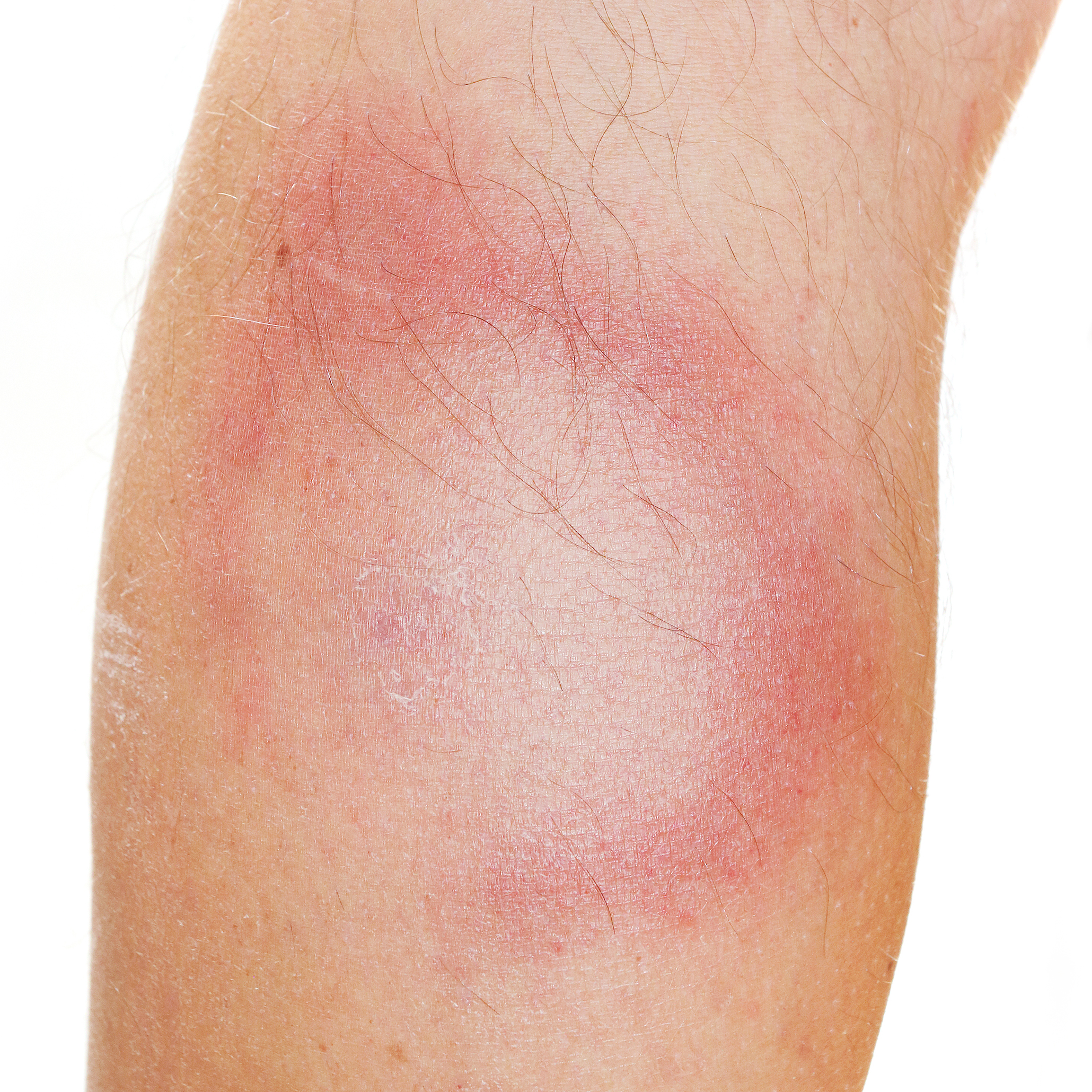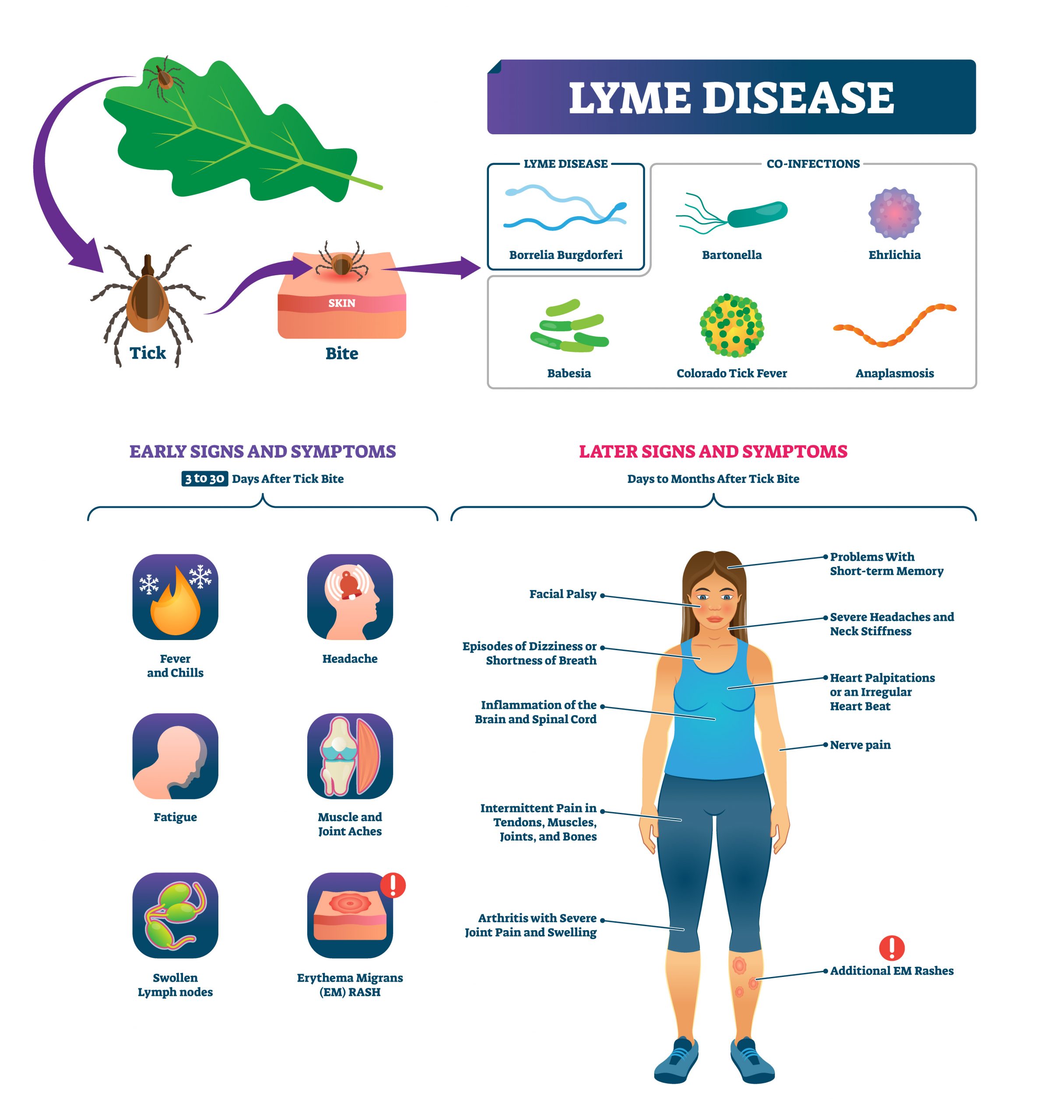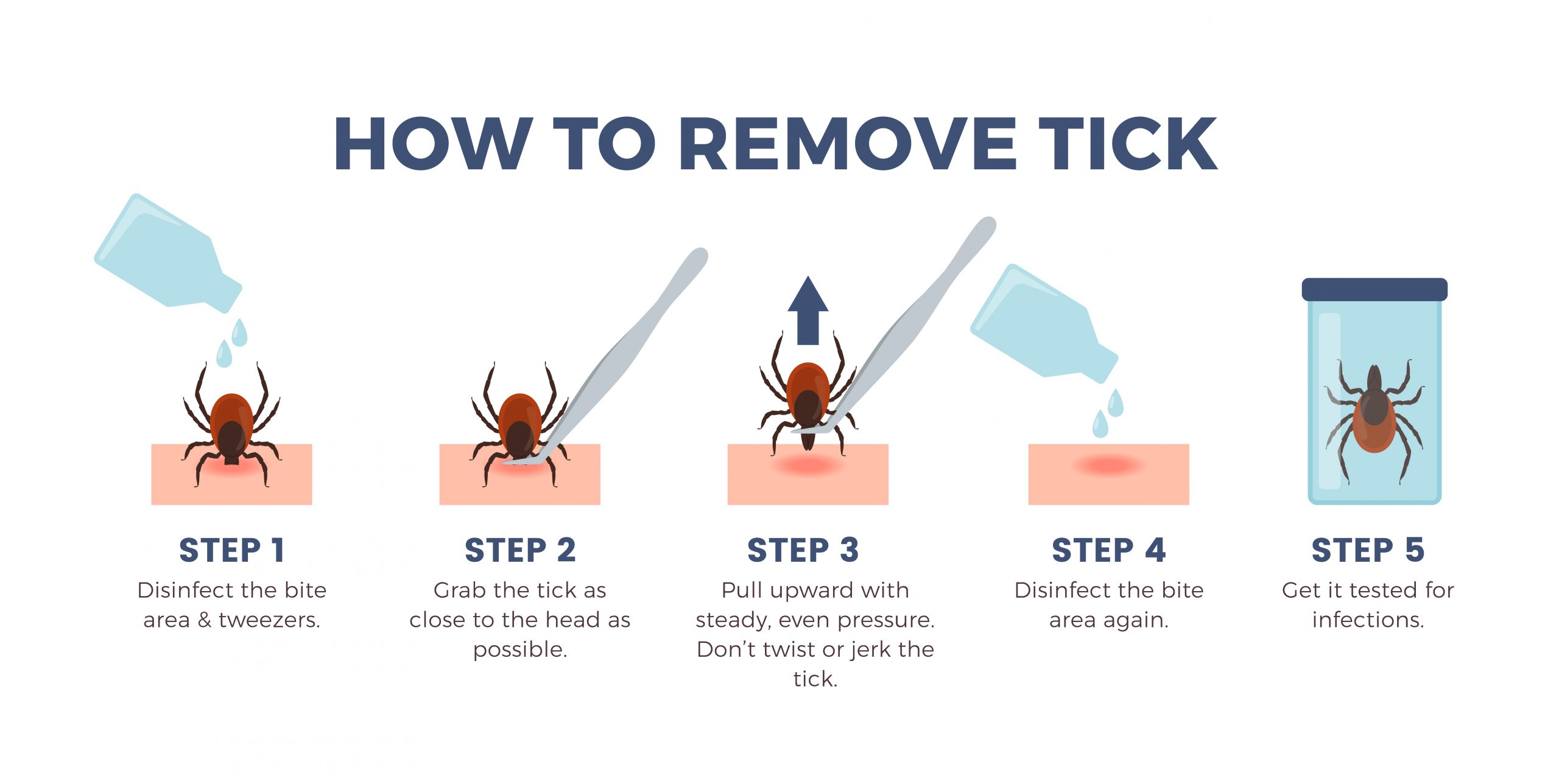
It’s important to note that the distribution and prevalence of tick and mosquito borne diseases can vary by region and season. If you experience symptoms after a mosquito or tick bite, seek medical attention promptly for appropriate diagnosis and treatment.
(For a complete list of viruses and parasites that mosquitos carry in the United States go here: CDC list of mosquitos and diseases)
Ticks
Disease carrying ticks are found in all areas of the United States. Each region has its unique set of ticks, however in recent years outbreaks of ticks in areas not normally found have been discovered.
Ticks are vectors for several diseases, meaning they can transmit these diseases to humans and animals when they bite and feed on their blood. Some of the common diseases carried by ticks include:


Rocky Mountain Spotted Fever (RMSF): is primarily transmitted by the American dog tick and the Rocky Mountain wood tick. Symptoms may include fever, headache, rash, and muscle aches. RMSF can be severe and even fatal if not treated promptly. Most cases of Rocky Mountain spotted fever have been reported in the eastern U.S., including Georgia, Oklahoma, both North and South Carolina and Tennessee.
Ehrlichiosis: Ehrlichiosis is caused by various species of the bacterium Ehrlichia and is transmitted by lone star ticks and other ticks. Symptoms may include fever, headache, fatigue, muscle aches, and sometimes rash. Severe cases can result in organ failure if not treated. Most cases are found south-central, southeastern, and mid-Atlantic states.
Anaplasmosis: Anaplasmosis is caused by the bacterium Anaplasma phagocytophilum and is transmitted primarily by black-legged ticks. Symptoms may include fever, headache, muscle aches, and fatigue. Like ehrlichiosis, severe cases can lead to organ failure if left untreated. Most cases have been reported in upper Midwest and northeastern United States in areas that correspond with the known geographic distribution of Lyme disease.
Babesiosis: Babesiosis is caused by parasites and is transmitted by black-legged in the United States. It can also be transmitted through blood transfusions. Symptoms may include fever, chills, fatigue, and anemia, which can be severe in people with weakened immune systems. Babesiosis is most frequently reported from the Northeastern and Upper Midwestern United States
Powassan Virus Disease: Powassan virus is a rare but potentially serious viral infection transmitted by black-legged ticks and the groundhog tick. It can cause encephalitis (inflammation of the brain) and meningitis (inflammation of the lining of the brain and spinal cord). In the US, cases are most often seen in the Northeast and the Great Lakes regions.
It’s important to note that the prevalence of these tick-borne diseases can vary by region, and some ticks may carry multiple pathogens.
Tick Removal (Excerpt from CDC)
- Use fine-tipped tweezers to grasp the tick as close to the skin’s surface as possible. The key is to remove the tick as soon as possible. Avoid using nail polish, petroleum jelly, or heat to make the tick detach from the skin.
- Pull upward with steady, even pressure. Don’t twist or jerk the tick; this can cause the mouth-parts to break off and remain in the skin. If you are unable to remove the mouth parts easily, leave them alone and let the skin heal.
- After removing the tick, thoroughly clean the bite area and your hands with rubbing alcohol, an iodine scrub, or soap and water

In the United States, mosquitoes can carry several diseases that pose a threat to public health. Some of the mosquito-borne diseases found in the United States include:
Malaria in Texas and Florida recently discovered. The CDC issued Health Alert Network Health Advisory to notify and share information to clinicians, public health officials and general public. These are the first cases since 2003.In 2002, malaria alone was responsible for around 627,000 deaths worldwide. Symptoms usually start 10 to 15 days after a bite from an infected mosquito, include high fever, chills, nausea or vomiting, headache, diarrhea, and fatigue.
West Nile Virus (WNV): WNV is the most common mosquito-borne disease in the United States. Most people infected with WNV do not show symptoms, but some may experience fever, headache, body aches, joint pain, vomiting, diarrhea, or rash. In rare cases, WNV can cause severe neurological complications and even death. In 2021, an outbreak in Maricopa County, Florida of 1,487 human WNV cases were identified; 956 (64.3%) patients had neuroinvasive disease, and 101 (6.8%) died.
Dengue Fever: Dengue fever is caused by the dengue virus. Symptoms of dengue fever include high fever, severe headache, joint and muscle pain, rash, and bleeding tendencies. Dengue is common in the U.S. territories of American Samoa, Puerto Rico, and the U.S. Virgin Islands.
La Crosse Encephalitis (LAC): LAC is caused by the La Crosse virus. It primarily affects children and can cause encephalitis with symptoms such as fever, headache, nausea, vomiting, and drowsiness. Outbreaks occur from midwestern states to mid-Atlantic and Southeastern states.
Saint Louis Encephalitis (SLE): SLE is caused by the Saint Louis encephalitis virus. Most outbreaks Most people infected with SLE may not show symptoms, but some may experience fever, headache, dizziness, and, in severe cases, encephalitis. Periodic outbreaks occur year-round in Southern states where weather is temperate and Southwest, Eastern and Central states.
Mosquito and tick prevention
- Use insect repellent: DEET and other commercially available products have good repellant properties, however it is best to spray on clothing and not directly on skin especially when using on children. If using an essential oil-based repellant, do a patch test by applying to an area of the skin and waiting an hour to make sure there is no reaction. If no reaction (red skin, rash) Use on skin but essential oils must be applied every hour or so for efficacy. Avoid applying to children’s hands, eye area and mouth.
Essential oils that are commonly used as insect repellents:
- Lemon Eucalyptus Oil: Lemon eucalyptus oil contains a compound which has been found to be as effective as DEET in repelling mosquitoes. The CDC recognizes lemon eucalyptus oil as an effective natural repellent.
Other essential oils with insect repelling properties are: citronella, lavender, peppermint, geranium, cedarwood and tea tree oils.
When using essential oils as repellents, dilute them properly before applying to the skin. Pure essential oils can be irritating to the skin. Mix the essential oil with a carrier oil, such as coconut oil, jojoba oil, or almond oil, before applying to the skin. Aim for 1-2 drops of essential oil per teaspoon of carrier oil.
Additionally, it’s essential to note that essential oils may not provide as long-lasting protection as commercially available repellents. Reapply them more frequently, especially if you’re in an area with a high concentration of ticks and mosquitoes.
While these studies provide evidence of the repellent properties of essential oils against insects, using essential oils as the sole means of protection in high-risk areas may not be as effective as using EPA-registered insect repellents with proven efficacy.
- Wear protective clothing: When spending time outdoors in areas where ticks and mosquitoes are common, wear long-sleeved shirts, long pants, and socks to minimize skin exposure.
- Avoid peak activity times: Mosquitoes are most active during dawn and dusk, while ticks are more active in warm and humid conditions.
- Perform regular tick checks: thoroughly check your body and clothing for ticks, especially areas like the scalp, behind the ears, under the arms, inside the belly button, around the waist, and between the legs.
- Shower after outdoor activities: Taking a shower can help wash away ticks and reduce the risk of bites.
- Use tick prevention methods for your pets to minimize the risk of bringing ticks into your home. Check pets thoroughly before letting them enter your home.
- Create a tick-safe zone: keep the grass short and remove leaf litter to reduce tick habitats
- Remove standing water: Mosquitoes breed in standing water, so regularly empty or remove sources of standing water around your home.
- Stay on marked trails: When hiking or walking in wooded areas, stay on marked trails and avoid walking through tall grass or brush where ticks are more prevalent.
- Brooke Lounsbury, RN
Medical Content Writer
Lifesaving Medications
Recent Posts
Keeping you informed and safe.
FAQ: Our most commonly asked questions about Jase
If you’re considering Jase, chances are you’ve paused and thought, “This makes sense, but I still have a few questions.”You’re not alone. Here are the most common ones we hear, answered plainly. Is this really doctor-prescribed? Yes. Every Jase order is reviewed by a...
Medical Readiness: What Really Kills First
When Disaster Strikes, It’s Not Hunger or Thirst That Takes the First Lives In every disaster zone, from hurricanes in the Caribbean to war zones in Ukraine, the pattern is the same. People worry about food and water, but it’s infection that kills first. A small wound...
Exploring Dr. William Makis’ Hybrid Orthomolecular Cancer Protocol: Focus on Ivermectin and Mebendazole/Fenbendazole
Exploring Dr. William Makis’ Hybrid Orthomolecular Cancer Protocol: Focus on Ivermectin and Mebendazole/Fenbendazole *Disclaimer: This article is for educational purposes and does not constitute medical advice. Always seek professional guidance.* In the evolving...




